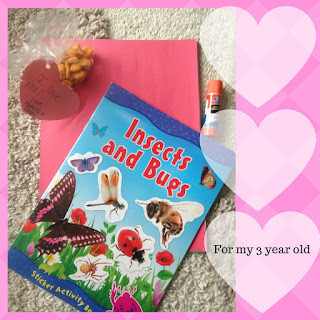Pour milk and answer a question?
Do homework while watching TV?
Text and talk to you at the same time?
Can adults:
Watch TV and check their email at the same time?
Browse FB and talk to others?
Lull a baby back to sleep and write this blog post? (My current situation.)
The brain can only do one task that requires thinking at a time (Connell & McCarthy, 2014). Television requires thinking. If you are asking a question and your child is watching television, she is going to have these responses:
1. She stops watching and listens to you.
2. She ignores you and keeps watching.
3. She tries to go back and forth between listening to you and watching, so she really doesn't understand what you are asking and is probably annoyed.
Only tasks that are automatic can be done with a thinking task. Walking and talking can happen only if you have fully learned to walk. Until then walking is a thinking activity (2014).
Some adults say they can text and watch television at the same time, but they really can't because both require thinking. What they are doing is rapidly switching back and forth between the two. Children cannot do this (2014). That's why reading with the television on is not a good idea. One cannot be fully involved in their reading.
So...
Can children:
Pour milk and answer a question? If they are still learning how to pour and it requires concentration, children cannot pour milk and answer a question at the same time. They will either stop pouring, ignore you, or spill the milk (2014).
Do homework while watching TV? No. Both require thinking. Consider switching it off.
Text and talk to you at the same time? No. Both require thinking. You'll want them to put down the phone before the conversation begins.
Can adults:
Watch TV and check their email at the same time? No. Both require thinking. They can rapidly switch back and forth between the TV and computer.
Browse FB and talk to others? No. Both require thinking. Consider logging off when you are around others.
Lull a baby back to sleep and write this blog post? No. Both required thinking and two hands. One needed rhythmic swaying. This post waited.
Works Cited
Connell, G., & McCarthy, C. (2014). A moving child is a learning child: how the body teaches the brain to think (birth to age 7). Minneapolis, MN: Free Spirit Publishing.






















